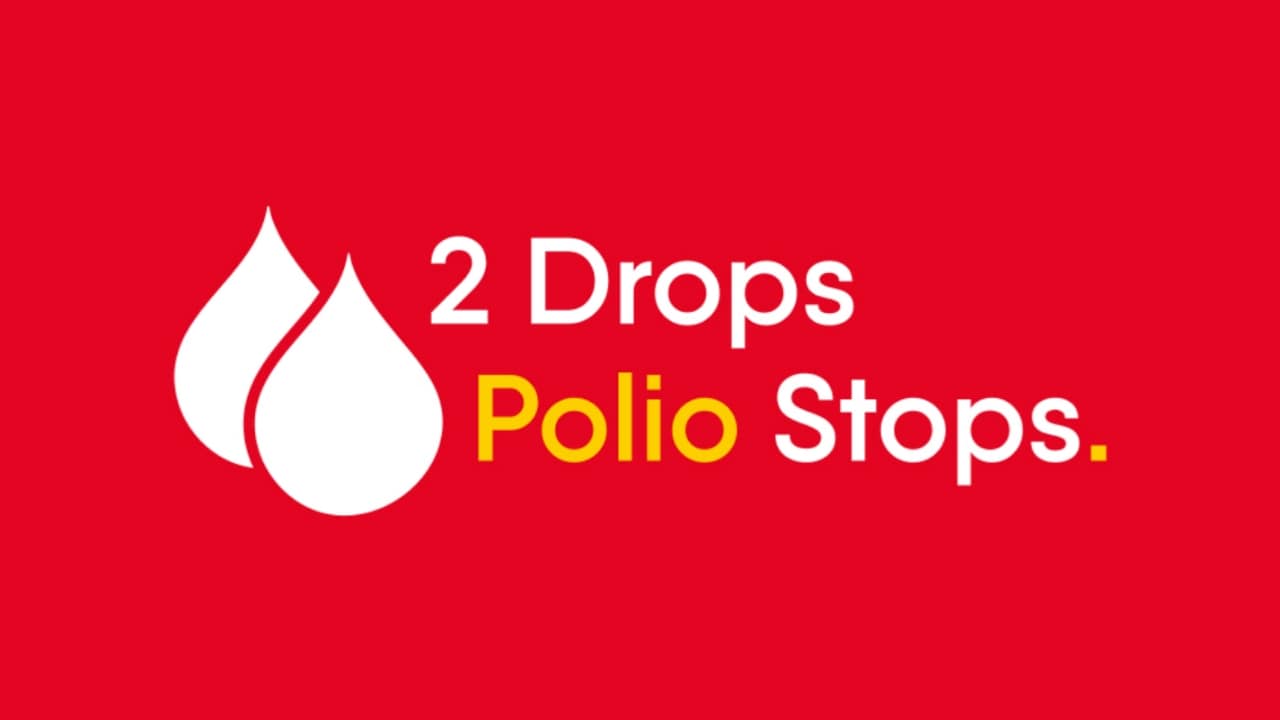National Programme of Pulse Pollo and its Functioning: In India, the Pulse Polio programme was launched in 1995. It is done twice each year. National Immunization Day is widely known as the Immunization Schedule for Pulse Polio.
The global prevention of polio requires both a reduction in the disease’s incidence or rate and the prevention of the virus that causes it worldwide.
Children aged 0-5 years are provided with polio drops each year during national and sub-national immunization programmes.
During each National Immunization Day (NID), approximately 172 million children are immunized. The last polio case from Howrah District of West Bengal on 13th January 2018 was registered in India. After that, no cases of polio were recorded in India.
On February 24, 2012, the World Health Organization removed the name of the country (India) from the list of countries with active transmission of endemic wild polioviruses.
Principle for Polio Elimination
Table of Contents
Polio is one of the few diseases that can be eliminated because:
- It only affects humans and there are no animal reservoirs.
- The virus is only able to live in the atmosphere for a very short period.
- There is a safe, inexpensive vaccine.
National Programme of Pulse Polio and its Functioning
- The Pulse Polio Programme was launched in India in 1995, with an estimated 50,000 cases of polio annually.
- Care-based polio surveillance began in 1997 with funding from the National Monitoring Programme for the Identification of Polio Virus Transmission (WHO CNPSP-WHO) and has since been carried out by the laboratory via Acute Flaccio Paralysis (AFP).
- The last treatment for wild virus type-2 was recorded in India in 1999.
- In 2005, India was the first country to use a monovalent (type-1) vaccine.
- India was the second research country in January 2010 to implement a bivalent vaccine, which proved to be very successful.
Functioning
- Maintenance of community immunity each year by high-quality national and sub-national polio rounds.
- The environmental observation was developed to detect the transmission of poliovirus.
- The Government of India has released guidelines effective as of March 2014 for mandatory polio vaccination conditions for all foreign travelers to fly between India and other countries affected by polio,
- India switched from the Trivalent Oral Polio Vaccine (TOPV) to the Bivalent Oral Polio Vaccine (BOPV) on April 25, 2016.
- Identifying missing children from the immunization process.
- Setting up booths in all parts of the country. Arranging employees, volunteers, and vaccines.
- Monitoring of vaccination efficacy.
- Vaccines are always kept in cold storage or cold areas to protect them from degrading.
Strategies for Polio Elimination
All countries are using several key strategies to eradicate Polio from the whole world. There are some important strategies which are given below:
- Routine Immunization (Oral Polio Vaccine in the 0-1-year age group: 3 doses).
- Supplementary Immunization Activities (SIAs).
- Investigation and Monitoring of cases of acute flaccid paralysis.
- House to house activity.
- Using pulse polio booth.
Objectives of Pulse Polio Programme
As no case of polio has been registered for over 3 years, India has accomplished the objective of polio destruction. The World Health Organization removed India’s name from the rundown of nations with the complex endemic transmission of wild polio infections on 24 Feb 2012.
- To remain vigilant.
- To use guerilla marketing strategy to maximize audience reach.
- To become the largest Pulse Polio Programme initiative in the world.
- To continue heavy screening and evaluation processes.
- To Start NGO’s.
- To improve the quality of services.
- To boost Pulse Polio immunization programme.
- To implement a district-wise performance monitoring system.
Outcomes of Pulse Polio Programme
India was declared as a Polio free Nation by WHO on 27th March 2014. As no case of polio has been identified for more than 3 years since the last treatment was identified on 13 January 2011, India has carved the pool of polio eradication.
This achievement of Polio Free Nation cannot be credited to a single person or Government but the result of the collective work of many stakeholders like; NGO’s, media, celebrities who promoted those programmes and played a key role in bringing awareness among the people.
The credit also goes to the parents of all children below years of age, which are responsible for this achievement.
This 1-year success makes up more responsible and more such initiatives are to be collectively taken. Any mission undertaken with clear planning and execution will surely give the desired results.
Make sure you also check our other amazing Article on : National Mental Health Programme
